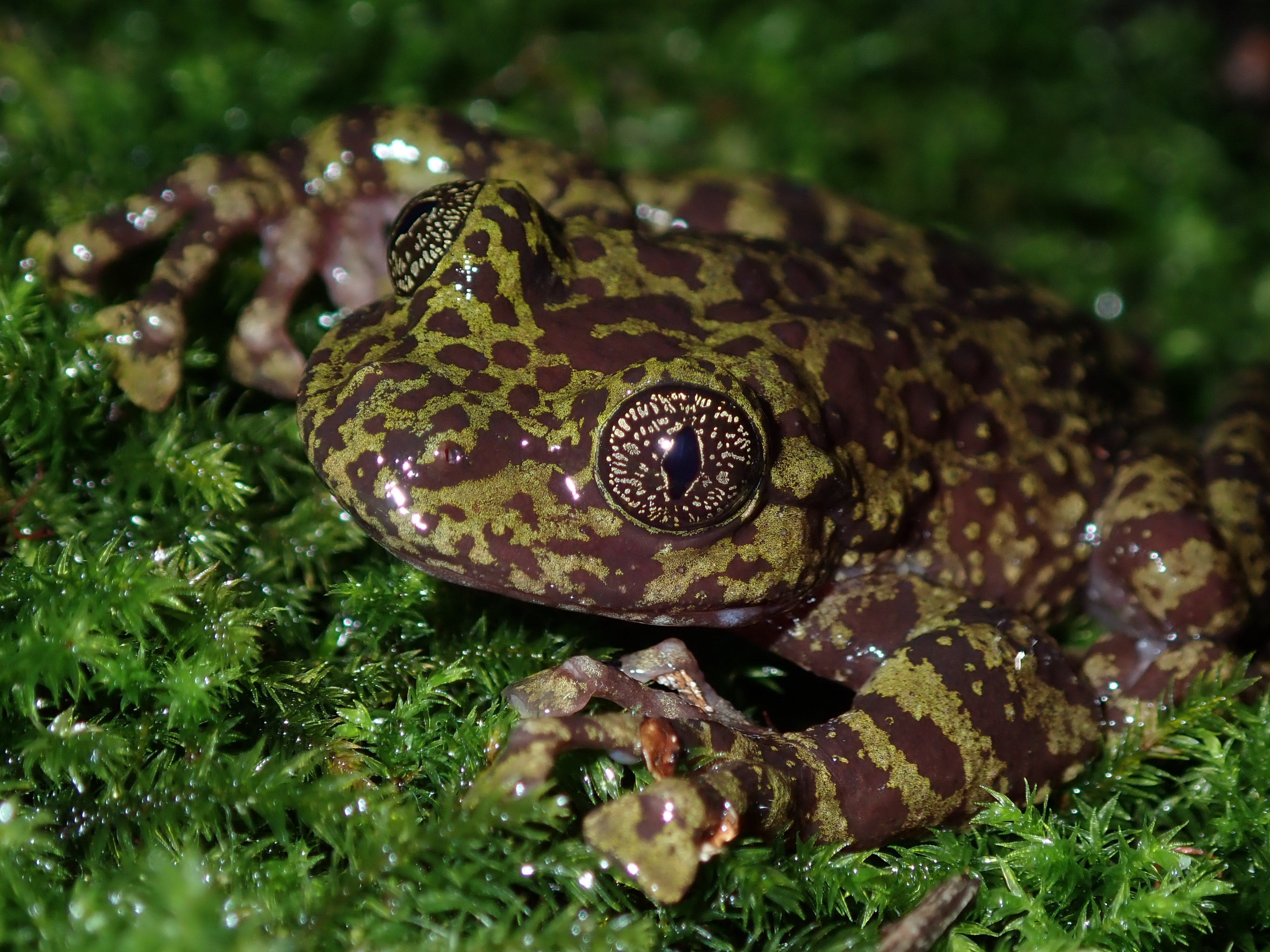The Table Mountain Ghost Frog (Heleophryne rosei) is a Critically Endangered amphibian restricted to just six fast flowing perennial streams on Table Mountain, Cape Town, South Africa. Ghost frogs are exceptionally well adapted to the unique freshwater ecosystems found in the Afromontane forested gorges and valleys of Table Mountain and act as early indicators of environmental change within the ecosystem. The Table Mountain Ghost Frog has a naturally small distribution and is entirely within Table Mountain National Park and the Kirstenbosch National Botanical Gardens estate. These cryptic frogs climb vertical walls and nestle in elevated cracks, preferring the steep, mossy cascades that have historically been unaffected by human activity. Tadpoles of the species take over a year to develop into adults, relying on perennial flow and clear, sediment-free pools with an abundance of cobbles upon which they graze algae. Despite being essentially fully protected, the species has disappeared from two streams that have been directly impacted by alien vegetation encroachment and general habitat degradation due to heavy foot traffic along popular hiking paths that crisscross these streams, and windblown eroding sands originating in mountain dams that form part of the City of Cape Town’s water supply. The remaining six streams are facing similar threats, all a direct result of human activity.
Despite these issues, very little is known about the ghost frog’s habitat requirements, life history or population size. Nor is there adequate long-term monitoring of the perennial streams in which the species has evolved. However, we do know that their disappearance from several streams emphasises the impact that human activity has had on ecosystem function and integrity. In light of this, and thanks to funding from the Table Mountain Fund, a three-year project was launched in January 2019 dedicated to improving the freshwater ecosystems on Table Mountain. Headed by the Endangered Wildlife Trust (EWT) and the South African National Biodiversity Institute (SANBI), the project aims to implement long-term monitoring protocols to assess trends in stream health, establish baseline data on key target species endemic to these streams, as well as identify and implement conservation interventions such as alien clearing to directly improve stream health.
These streams are home to a variety of other endemic range-restricted species such as the undescribed freshwater fish (Galaxiassp.) and the possibly extinct Elusive Skimmer (Orthetrum rubens). The population of Rose’s Mountain Toadlet (Capensibufo rosei) on Table Mountain has also disappeared, almost certainly a result of anthropogenic influences. However, fully understanding the issues these freshwater ecosystems face and correctly identifying measures to address them is no easy task. This project aims to provide a solid foundation on which long-term conservation actions can be built, and cultivate partnerships and synergies to coordinate and strengthen these actions. It is time we learned more about these complex systems and initiate actions that will ensure their survival for future generations to come.
By Endangered Wildlife Trust

